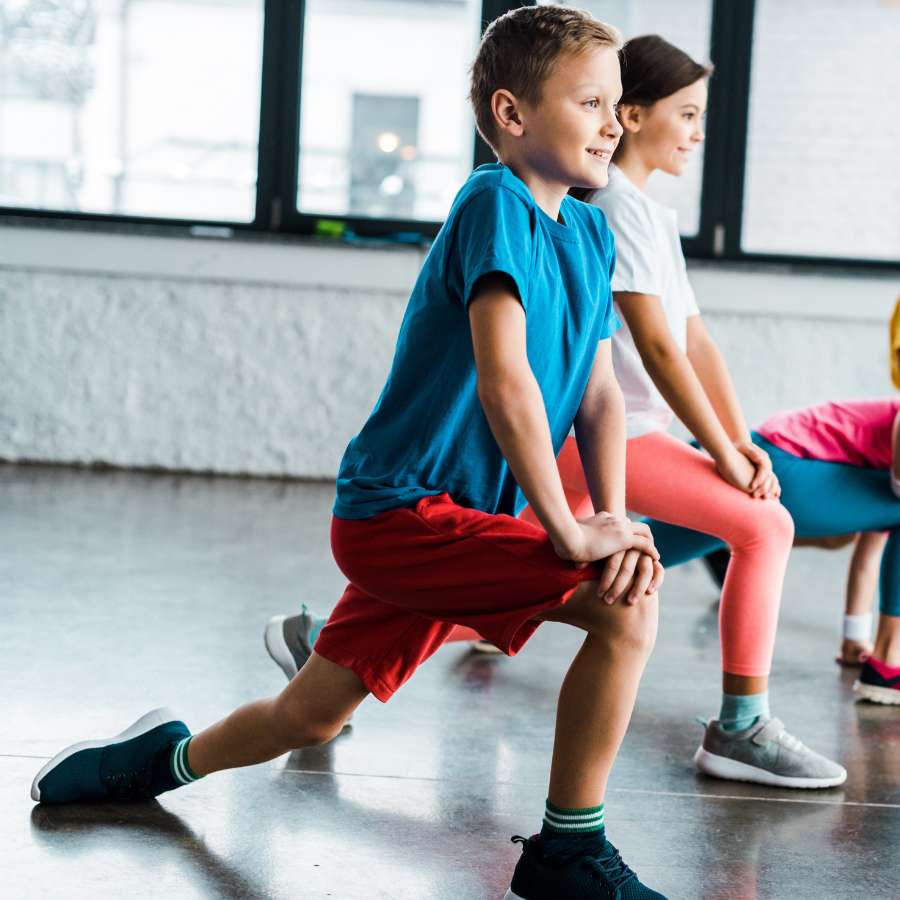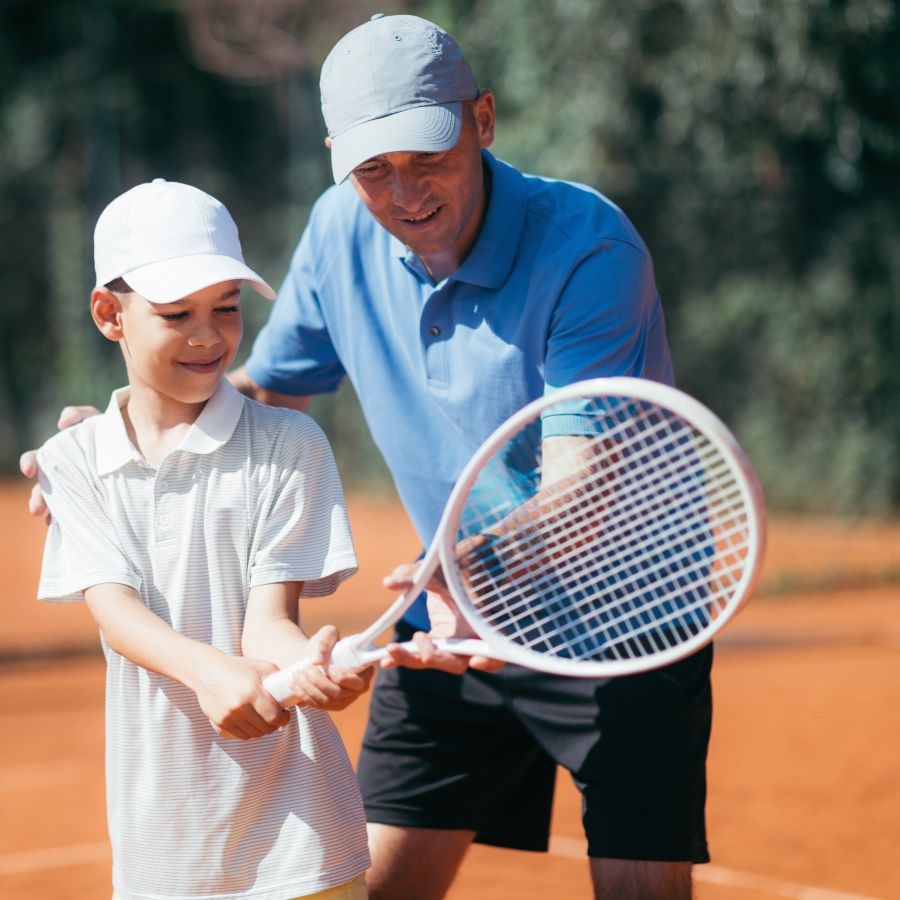Protect young athletes with youth sports injury prevention methods
Learn ways to reduce sports-related injuries and keep young athletes safe while enjoying their favourite sport and staying active.
The effects of sports participation on both physical and mental well-being are undeniable, however, the risk of injury is an ever-present concern that athletes, parents, and coaches struggle to minimise every day. In Australia, 41% of young Australians 15 years and older engage in some form of sport-related activity at least once a week. While the rise in young people engaging in sports is encouraging, it also leaves room for an increase in injuries.
For instance, 17,600 unintentional injury hospitalisations of youth in 2018-19 were due to sports injuries (AIHW, 2019). This key figure highlights the importance of youth sports injury prevention strategies to ensure fewer injuries and more peace of mind for parents and coaches.
By implementing evidence-based injury prevention methods, we can help young athletes stay safe while participating in their favourite sports. Additionally, young athletes' awareness of sports safety translates into more young people engaging in sports for longer periods and ensuring everyone has a positive experience.
Youth sports injury prevention methods for improved safety
Injury prevention is often at the top of the minds of young athletes, their parents, and coaches, but with the right safety interventions, risks can be minimised for a better experience.

Proper warm-up and cool-down routines
Establishing thorough warm-up and cool-down routines plays a big role in injury prevention. A proper warm-up gradually increases heart rate, blood flow, and body temperature, preparing the body for physical activity. This should include dynamic routines, featuring gentle exercises and static stretching that helps minimise muscle soreness and maintain flexibility. Coaches and athletes should take time to engage in these routines before and after each session or competition.

Gradual progression in training intensity
Avoiding any sudden increases in training intensity is key to preventing overuse injuries. Coaches should create training programs that gradually increase the volume, complexity of exercises, and intensity over time. This approach allows young athletes’ bodies to adapt to the physical demands of the sport. It helps reduce the risk of overuse injuries. One good rule to follow is the ‘10% rule’ which says that training volume shouldn’t increase by more than 10% each week.

Proper equipment and protective gear
Ensure young athletes use appropriate and well-fitting equipment and protective gear to prevent injuries. This includes anything from helmets and mouthguards to proper footwear and even shin guards. Equipment should be inspected regularly to assess any damage or wear and tear that requires replacement. Educating athletes on the importance of wearing protective gear and enforcing its use during training and competition can significantly reduce the risk of serious injuries.

Suitable nutrition and adequate hydration
Maintaining nutrition and hydration is important for youth sports injury prevention and overall athletic performance. A balanced diet with the right nutrients can help muscle growth, repair, and even improve energy levels. Hydration is also important before, during, and after physical activity to maintain muscle function and regulate body temperature. Educate young athletes about the importance of hydration and nutrition and guide them in improving their overall health.
What Our Community Says About Us
Our Partners





Youthsafe: Instilling confidence in Australian youth
Youthsafe is on a mission to promote the safety and well-being of Australian youth. Aside from injury prevention, we also focus on empowering young people to stay safe at work, while socialising, and driving.
Our sports safety for young people programs are designed to help young Australians and their adult influencers with the tools they need to create safer environments with evidence-based approaches.
FAQs
Parents can support injury prevention by ensuring proper equipment, encouraging good nutrition and hydration, promoting adequate rest, listening to their child's concerns about pain or discomfort, supporting diverse activities, staying informed about injury prevention, collaborating with coaches, and modelling good safety behaviour.
Warning signs include persistent pain or discomfort, swelling in joints or muscles, decreased range of motion, changes in performance or technique, fatigue, difficulty completing usual routines, mood changes, sleep disturbances, recurring injuries, sudden performance drops, and visible changes in posture or gait. Early intervention is key if these signs are observed.


